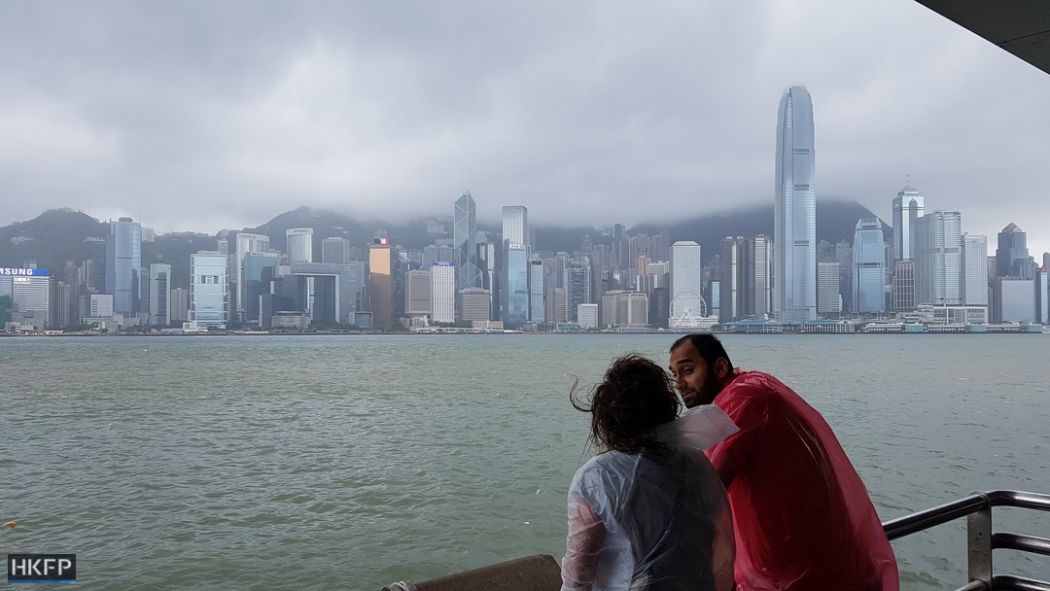Typhoon season will start earlier this year with Hong Kong seeing around five to eight typhoons, the Observatory said on Friday.
Shun Chi-ming said at a press luncheon that the Observatory predicts that there will be less rainfall this year, but there could still be torrential rainstorms with the typhoon season starting earlier.
“We predict that this year there will be around five to eight tropical cyclones that will come within 500 kilometres around Hong Kong… This number is considered normal to higher than normal.”

His team made the predictions based on El Niño and La Niña – referring to the warming and cooling of surface waters over the Pacific Ocean.
Shun said that the typhoon season may start in April and could end as late as November.
Edwin Lai, the Observatory’s assistant director, said there may be more cyclones forming in the Philippines and entering the South China Sea as the La Niña effect was comparatively weak this year, and temperatures were higher in the sea to the east of Luzon. But it is unknown whether they will hit Hong Kong, he said.

The city recorded five No. 8 signal typhoons last year, meeting historical records for the most No. 8 signal typhoons in a year.
Lai said this was caused by multiple factors, including warm temperatures in the northern part of the South China Sea, which increased the strength of the storms and airflow which brought the storms closer to Hong Kong. But he added that this was relatively unlikely to happen again this year.
Shum urged Hongkongers to learn from history. He said that last year’s Typhoon Hato had a big impact on the Pearl River Delta, and if its path had taken it closer to Hong, it could have reached a similar strength as Typhoon Wanda in 1962, which resulted in 183 people missing and dead.

He said he was concerned about climate change, which was becoming more evident. Shum said that under the influence of climate change, Antarctic sea ice levels hit a record low last year, and temperatures in the Arctic were 20 degrees higher than the long-term average.
Hong Kong was warmer than usual last year, with an annual mean temperature of 23.9 degrees – 0.6 degrees above normal temperatures in 1981-2010. Shun said 2017 was among the three warmest years since records began, and the total rainfall the city received was 2572.1 millimetres – about 100 millimetres more than average.
The Observatory will set up around 20 microclimate monitoring stations to gauge temperature, humidity, air pressure, and wind speed in small areas such as streets and parks.
